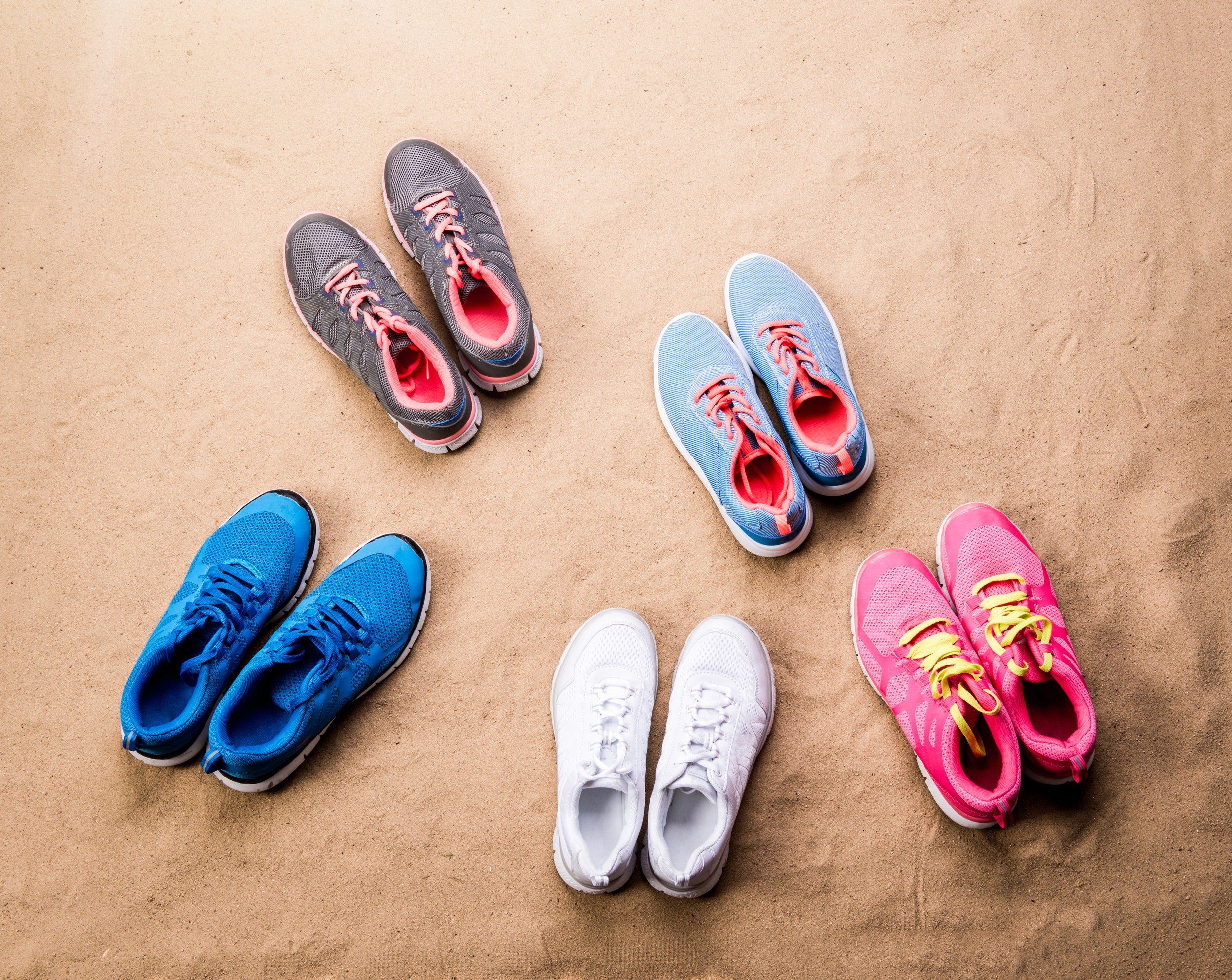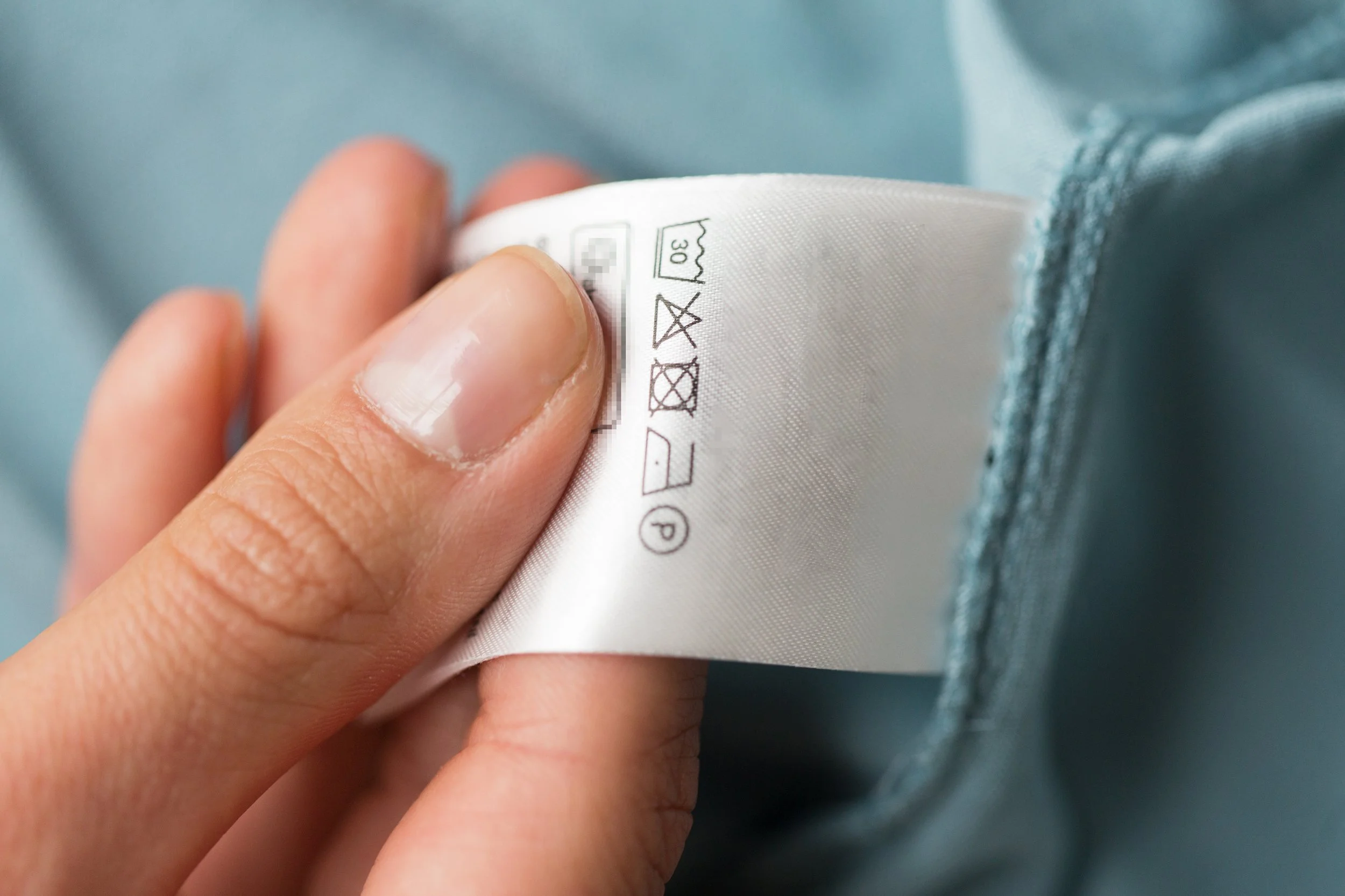Types of Athletics Shoes and Their Uses
Languages: English
Media Editing: The video module(s) in this subject are editable under our Content Studio offering unless otherwise indicated. For more information about Content Studio, contact your CSM.
Description: Every customer has different needs when it comes to the types of shoes they wear. It's important that employees can identify the features of different types of athletic shoes so they can make sure the customer gets the benefits they're looking for. In this subject, employees will learn about a variety of athletic shoes, including running shoes and cleats, and the advantages of each. By studying these differences, employees will be able to make great recommendations and help customers find what they need.
Languages: English
Media Editing: The video module(s) in this subject are editable under our Content Studio offering unless otherwise indicated. For more information about Content Studio, contact your CSM.
Description: Every customer has different needs when it comes to the types of shoes they wear. It's important that employees can identify the features of different types of athletic shoes so they can make sure the customer gets the benefits they're looking for. In this subject, employees will learn about a variety of athletic shoes, including running shoes and cleats, and the advantages of each. By studying these differences, employees will be able to make great recommendations and help customers find what they need.
Languages: English
Media Editing: The video module(s) in this subject are editable under our Content Studio offering unless otherwise indicated. For more information about Content Studio, contact your CSM.
Description: Every customer has different needs when it comes to the types of shoes they wear. It's important that employees can identify the features of different types of athletic shoes so they can make sure the customer gets the benefits they're looking for. In this subject, employees will learn about a variety of athletic shoes, including running shoes and cleats, and the advantages of each. By studying these differences, employees will be able to make great recommendations and help customers find what they need.
Topics
Features and Benefits of Activewear Shoes
-
With so many different styles of activewear shoes, it can be hard to know which to buy. In this topic, you’ll learn about what the specific benefits and features are of six different types of activewear shoes. This includes lightweight, trail, stability, cushioned, motion control, and walking shoes. You’ll learn about what makes each one unique and when you should recommend them to customers, so they’re happy with their purchase.
-
Questions (level 1, 2, 3)
Video module
-
This topic is currently available in English.
-
Lightweight shoes have less foam and cushioning in the sole than a typical running shoe, so they allow for more natural motion. Suggest wearers use these shoes for speed workouts like sprints and intervals because you can develop more speed in less time.
Lightweight shoes do not have shock absorption or cushioning in the sole, so do not recommend them to customers for general training or long-distance running.
Trail shoes are designed for routes with rocks, mud, and obstacles on uneven surfaces. They are useful for a variety of terrains and are designed to protect the wearer’s feet from harmful obstacles like rocks or sticks. Recommend these to customers who hike often.
Trail shoes have special features including treads for traction (lugs), rock plates along the sides to prevent sharp objects from poking into the shoe, and a reinforced top part of the shoe (upper). Recommend them to people who are going to be running or hiking on rough terrain often.
Stability running shoes have a mix of cushioning and support features for the wearer’s arches and ankles. Recommend them to customers who run and have an average foot shape.
Motion control running shoes are rigid and have a wide sole to limit excessive foot motion in the shoe. They are also very durable and stable, so recommend them to customers who run and have flat feet.
Cushioned running shoes have extra cushioning but not much support. They have shock absorption in the heel or pad of your foot (forefoot). Suggest these to customers who run and have more hollow space under their foot, so they have more support in that area.
Walking shoes are designed for comfort rather than performance since walkers don’t need extra cushioning, or a higher heel. If your customer thinks they will mainly use their shoes for walking, suggest these since they give good arch support and stability.
Features and Benefits of Sports Shoes
-
Many people may simply use running shoes when participating in certain sports. However, there are advantages to wearing shoes that are specific to the sport, especially if a customer plays the sport more than three times a week. In this topic, you’ll learn about the features and benefits of seven types of sports shoes including basketball, tennis, soccer, football, baseball, cross training, and golf shoes. You’ll learn why the shoes are specifically good for that sport, and when to recommend them based on the customer’s needs.
-
Questions (level 1, 2, 3)
Video module
-
This topic is currently available in English.
-
Both basketball shoes and tennis (indoor court) shoes are very durable and designed for quick movements backward, forward, and side-to-side. Recommend this style of shoes to customers who play sports that involve this type of foot movement.
Basketball shoes are generally made of rubber and have a flat, lightweight sole to better grip the ground. They offer maximum shock absorption and moderate flexibility, so the wearer can jump and move their feet quickly without hurting them.
Tennis (indoor court) shoes have a smoother and flatter sole than basketball shoes. They also have very low absorption impact. Recommend tennis shoes if the wearer has to make a lot of lateral movements and doesn’t need as much traction.
Soccer cleats are suitable for most playing surfaces and are lightweight. They should fit tightly, so the player can have more control when kicking the ball. Recommend the shoes if the wearer plays soccer or casually plays American football or baseball, or wants more control in their movements.
American football cleats are made for durability and protection, as football is largely a contact sport. They are heavier than other types of cleats and should only be recommended for high-contact sports.
American football cleats can vary by position, but all have studs and toe cleats to help the wearer make quick turns and fast starts, like at the beginning of a game.
Baseball cleats feature a toe cleat on the front and long, narrow cleats to help the wearer dig into the ground when hitting and throwing the ball, especially on dirt playing fields. However, they don’t have very much protection along the top of the shoe if someone were to step on them.
Cross training shoes can be used for multiple sports because they’re flexible and allow for sharp movements, especially for sports played on a court. They shouldn’t be worn if the customer runs more than five miles (8km) a day or plays a specific sport more than three times a week since they’re not specifically designed for these activities.
Golf shoes have a wide base and are cut low around the ankles. This gives the wearer better range of motion while still maintaining their balance. They can also have spikes to help the wearer grip wet surfaces like grass.






